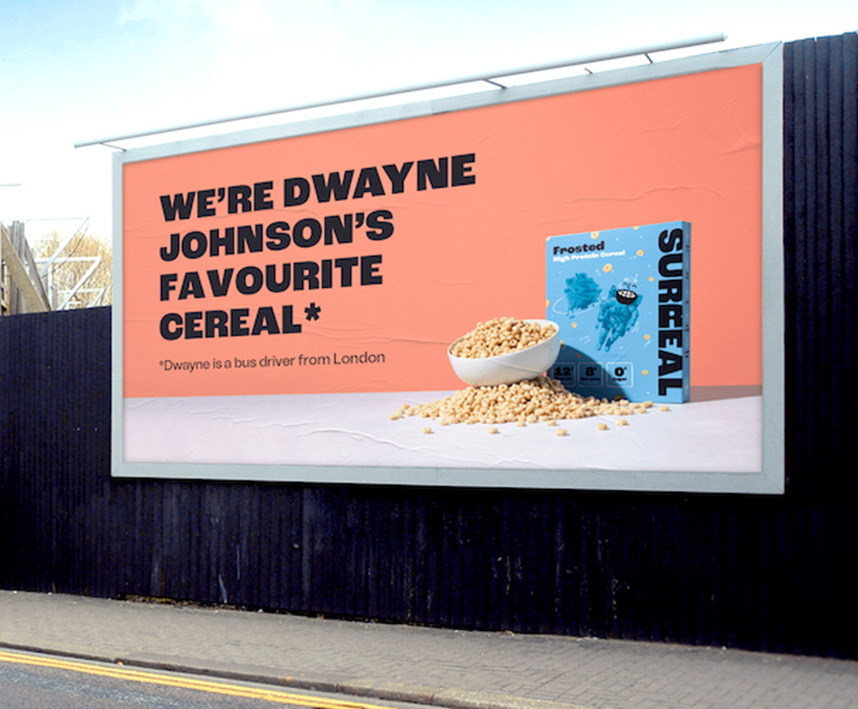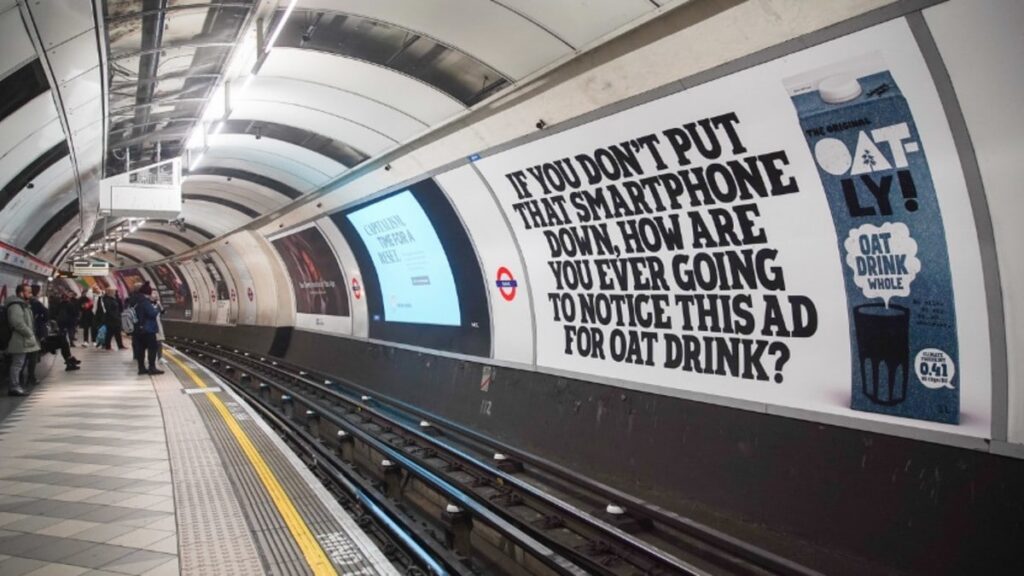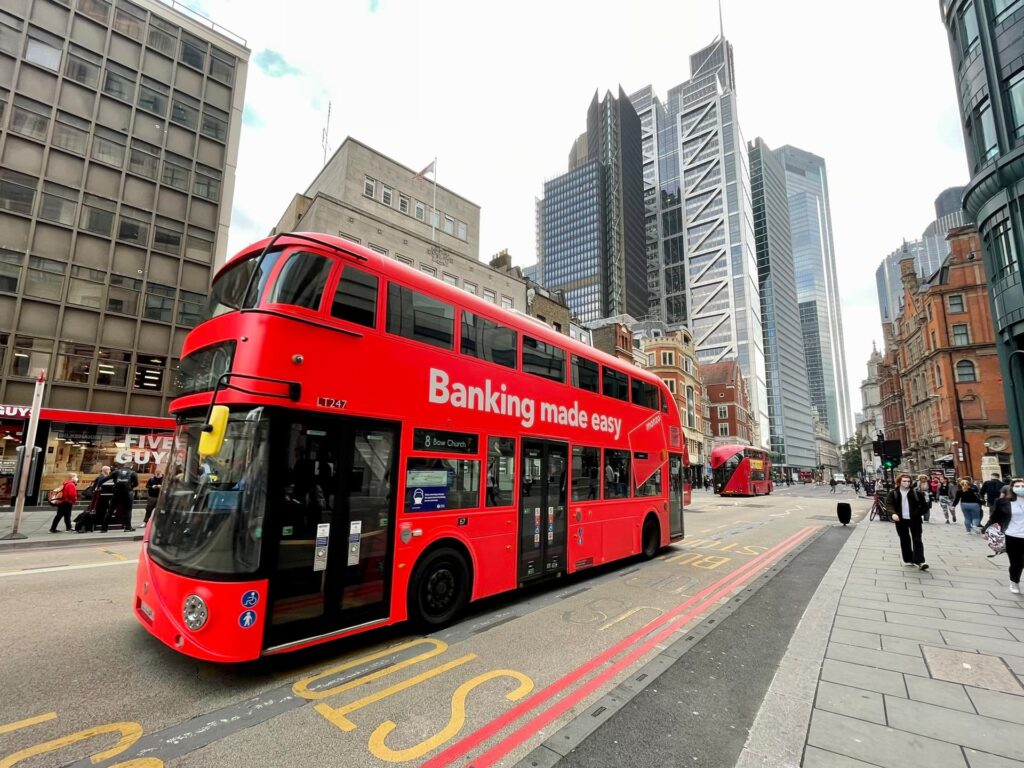We’re not afraid to say it.
Branding is crucial to business success.
Well-executed, consistent branding gives your business an identity, makes it memorable, and encourages consumer trust.
In 2023, a report by the Edelman Trust Institute found that 67% of consumers are more likely to stay loyal to and advocate for a brand they trust.
But when we say branding, what comes to mind?
When we think about branding we often think of the visual elements that represent a brand like a logo, colour palette, or font.
So, what about a brand’s tone of voice?
Whilst the way a brand and its assets look are pivotal, a brand’s tone of voice is key.
Before we take a closer look at brand tone of voice and how it can impact a business, let’s find out what tone of voice actually means.
What is tone of voice?
Tone of voice is the way we sound when we speak out loud.
According to the Oxford Learner’s Dictionary, tone of voice is ‘the quality of someone’s voice, especially expressing a particular emotion’.
It refers to the volume, pitch, and choice of words used by someone when speaking aloud and can affect the way a listener perceives what’s being said.
On a daily basis our tone changes constantly. From the time of day and our mood, to how much we slept the night before and our hydration levels, it can all affect the way we sound.
That being said, what does tone of voice mean for a brand?
What’s a brand tone of voice?
For a brand, tone of voice refers to the way they communicate with their audience and includes their writing style, choice of words, and emotional tone.
A brand’s tone of voice should align with its values and resonate with its target audience.
For example, brands that aim to target a younger audience often make use of trending terms. Founded by Rihanna, Fenty Beauty incorporates phrases such as ‘coming in hawt’ and ‘damn ting’ into their copy to make the brand feel relatable and appeal to their largely Gen Z, female audience.
When it comes to a brand’s tone of voice, it should be consistent across all platforms so consumers can recognise and build trust with the brand.
After all, the more familiar we are with a brand the more likely we are to buy from them.
We’re sure you’ve heard of personal care brand Dove.
A staple in households around the world, Dove has a powerful tone of voice that’s rooted in uplifting consumers and encouraging them to embrace their inner beauty.
Dove’s tone of voice is supportive and synonymous with their goal of helping women celebrate their authentic selves. Whether it’s their latest global campaign or a post on Instagram, Dove’s content always delivers a consistent message.
According to research conducted by Unilever, 45% of girls drop out of sports because of low body confidence.
Dove’s 2024 Super Bowl commercial put a spotlight on this statistic and included a call to #KeepHerConfident.
The ad was tied to Dove’s previously announced partnership with Nike to create the Body Confident Sport program – a free, evidence-based tool, designed to help sports coaches support girls on their teams, build their body confidence, and keep them in the game.
Now we know what tone of voice is and what it looks like for a brand, let’s think about why it’s important.
Why is brand tone of voice important?
Developing a tone of voice is important for any brand because it defines how you’re perceived by consumers and competitors.
A brand’s tone of voice is its personality and can help it stand out from the crowd.
With content all around us, like social media posts and out-of-home billboards, a unique tone of voice can catch the eye of consumers and generate attention.
A great example is Monzo.
Monzo was one of the first app-based challenger banks in the UK and has only continued to grow.
With a casual and straightforward tone of voice, Monzo has become a first choice for Gen Z and surpassed 7 million customers in 2023 – a 27% increase on the previous year.
In all of their content and messaging, Monzo has a tone of voice that’s friendly.
For a younger generation, Monzo feels approachable and less intimidating than other banking brands. They avoid confusing jargon and favour clear, simple messaging – helping and educating customers.
On social media, Monzo leverages reactive marketing and trending popular culture to:
- Showcase their product
- Feel current and relatable
- Increase brand awareness
- Put themselves in front of a wider audience
It’s easy to see why a brand’s tone of voice is so significant when growing and building a brand. We’re big fans of Monzo because they’re always working on new and interesting ways to stay relevant to their audience!
If you’re looking to nail your brand tone of voice, like Monzo has, you need to check out our recent webinar with Annabelle Williams dos Anjos.
In this webinar, Annabelle defines tone of voice, why you should be using it to sell your brand and how to do this in a way that’s authentic.
After watching this webinar, you’ll come away having learnt:
- What ‘tone of voice’ means in branding
- Why using tone of voice matters
- The anatomy of voice and how to use it
- How to sound authentic when selling your brand
- Examples of what brands are doing it right and how
You can watch this webinar, access our range of valuable resources, and our fantastic community by becoming a Girls in Marketing Member.
So, a brand’s tone of voice is important because it influences the impression people have of your brand. But what’s the difference between tone and voice?
What’s the difference between tone and voice?
As we’ve established, our tone of voice is the way we sound when we speak out loud.
But what’s the difference between tone and voice?
Well, think of it this way.
Your voice is your personality and your tone is your mood.
Like your personality, your voice doesn’t change, whilst your tone can differ depending on the situation.
What does this mean for brands?
That their voice should remain the same, but their tone can change based on what’s appropriate for a platform or audience. For example, if a brand is active on TikTok their tone may be more casual and humorous than on LinkedIn as it’s a platform targeted towards professionals.
As the top ranked soft drink brand worldwide, Coca-Cola needs no introduction.
Coca-Cola’s tone of voice is, and always has been, optimistic. They use lighthearted language to appeal to a varied audience and emphasise creating moments of happiness.
Whether we look at a television advert or social media post, Coca-Cola’s brand tone of voice is evident and familiar. Whilst the same can be said for Coca-Cola’s LinkedIn presence, their tone of voice on the platform is definitely more formal and focuses on business success, environmental and sustainability efforts, and their employees.
That being said, some brands break the boundaries!
High-protein, plant-based cereal brand Surreal’s tone of voice has been an essential part of the brand’s journey. Having a humorous tone of voice combined with Surreal’s imaginative campaigns has helped set the brand apart and boost brand awareness.
In 2023, Surreal captured attention and sparked conversation online with its ‘Fake Celebrity’ campaign.
In a world where celebrity endorsements cost a small fortune, Surreal put their thinking hats on and created an ingenious campaign that went viral. They searched for normal people who shared the names of celebrities like Serena Williams, Dwayne Johnson, and Michael Jordan.

In this unconventional campaign, the brand’s cheeky and playful tone of voice shone through leading to increased exposure and a wave of new fans.
It’s clear that an effective tone of voice is vital for any brand and the benefits are endless!
What can a good brand tone of voice do for your business?
A well-developed tone of voice impacts how a brand is identified and can help in a multitude of ways.
A brand’s tone of voice should reflect their core values and beliefs. If their tone of voice is effective this can help guide a brand’s consumers, competitors, and employees to understand its mission and culture.
For any brand, awareness and recognition is significant. Whether it’s positive and friendly or a bit quirky, having an individual tone of voice can set a brand apart from competitors and in their industry.
A strong tone of voice can make communicating and forging relationships with an audience easier and more authentic, building trust and familiarity. After all, a brand wants to be the go-to for its consumers.
Additionally, tone of voice combined with a creative campaign can often lead to great exposure. Take Oatly for example.
The Swedish company was founded by brothers Richard and Björn Öste in 1994 who developed oat milk after searching for a dairy alternative for those with lactose intolerance. It took twenty years and a huge rebrand for Oatly to hit the international market, and with this, came a new and improved tone of voice.
Oatly’s tone of voice is witty, casual, and a hit with their millennial target audience. Their innovative campaigns and good copywriting have helped increase Oatly’s visibility and brand awareness.

You now know everything you need to know about tone of voice and why it’s crucial for a brand.
Maybe you’re looking to go away and reevaluate your brand’s tone of voice or begin to develop one?
If so, here are 5 steps to take when developing or reassessing your brand’s tone of voice:
1. Know your target audience
82% of marketers say having high-quality data on their target audience is significant in helping them succeed in their role. Why? Because it allows them to know and understand who they need to reach and how.
Defining your target audience is pivotal for any aspect of your brand including tone of voice. When you know who your audience is it’ll help you determine the best to communicate with them.
2. Assess your goals
Before diving in, you need to determine the purpose of your messaging and goals. For example, a small beauty business may have a main goal of boosting product sales and brand awareness. Once you’ve done this you’ll be able to ensure that your tone of voice aligns with your aspirations.
3. Look at what you’ve already done
If you can, go back and look at the content you’ve put out there already.
Think about what worked and what didn’t, look at your top-performing content, and ask yourself why this proved so popular.
Whether it’s an industry deep dive or posts that reference pop culture, these are pieces of content that resonate with your audience and keep them engaged, partly down to your tone of voice. By looking at these posts and the tone of voice you’ve used, you can figure out what characteristics your audience takes to and apply these to your new and improved tone of voice.
4. Be consistent
As the saying goes, consistency is key. Once you’ve created or updated your brand’s tone of voice, incorporate it into everything you do. By doing this an audience will recognise your tone of voice and learn to trust your brand.
5. Adapt and be flexible
Over time your tone of voice will need to change and that’s completely normal. As your brand grows, your tone of voice will too – it needs to keep evolving to suit the needs of your business. If something isn’t working, your audience has differed, or your communication style isn’t resonating anymore it’s okay to switch it up!






